Search Results for Tag: weather
Sun returns after dark Arctic winter
The sun has come back over the horizon. I can understand why people celebrate it here. At the moment there are just a few hours of light. Now the sun actually appears at around 12. In between the Arctic Frontiers conference sessions, I took a lunchtime walk to see the sun come up. What a difference it makes to how you perceive your surroundings! I cannot resist sharing a few visual impressions with you on the Ice Blog:
Reflections! No reflections without light! We tend to take our light for granted. It’s very special after the winter darkness here.
This would me my preferred means of transport here.
But others go for a more universal type. Are there snow chains for bikes?
Of course people dress for the weather. Elegant?
Traditional, warm, practical.
And a final view of frosted snow trees against the winter sunlight.
Now back to the science sessions of Arctic Frontiers. The place has quietened down since the departure of the politicians.Remember to check for updates on Twitter @iceblogger
Climate change and the polar vortex
If you live in one of the North American areas hit by the latest big freeze, you may well have been hearing someone say “so much for global warming” over the last week or so. If you live on this side of the Atlantic, you might have been tempted to worry more about climate change if you were being battered by storms or gales. Then there are those here in Germany saying “give me more of this warming”, with the birds tweeting and the bushes blooming as if we were already in the middle of spring.
![]() read more
read more
Arctic summers to be ice-free earlier?
Scientists studying Arctic sea ice say ice-free summers could be on the horizon sooner than many expected. A new analysis by NOAA scientists James Overland (NOAA Pacific marine Environmental Laboratory) and Muyin Wang (NOAA Joint Institute for the Study of Atmosphere and Ocean at the University of Washington) considered three methods of predicting when the Arctic will be nearly ice free in the summer. All three suggest nearly ice-free summers in the Arctic before the middle of this century, says Wang, although the actual dates differ widely. One method suggests the Arctic could be nearly sea ice free in summer as early as 2020.
“Rapid Arctic sea ice loss is probably the most visible indicator of global climate change; it leads to shifts in ecosystems and economic access, and potentially impacts weather throughout the northern hemisphere,” said Overland. “Increased physical understanding of rapid Arctic climate shifts and improved models are needed that give a more detailed picture and timing of what to expect so we can better prepare and adapt to such changes. Early loss of Arctic sea ice gives immediacy to the issue of climate change.”
The paper was published recently online in Geophysical Research Letters.
Overland said the differences between the models could lead some people to conclude that models are not useful. In fact the opposite is the case, he said. “Models are based on chemical and physical climate processes and we need better models for the Arctic as the importance of that region continues to grow.”
Taken together, the range among the multiple approaches still suggests that it is very likely that the timing for future sea ice loss will be within the first half of the 21st century, with a possibility of major loss within a decade or two, the authors say.
Other recent studies have indicated the key role of shrinking Arctic sea ice in influencing our weather. The shrinking sea ice is shifting polar weather patterns, especially in autumn and winter, according to one new climate modeling study.
Researchers looked at weather patterns in 2007, when sea ice covering the Arctic Ocean hit one of its lowest summer extents since satellite tracking began in the late 1970s.
In autumn and winter, when sea ice would normally insulate the ocean from frigid Arctic air temperatures, the small ice pack meant lots of heat could escape from the ocean into the atmosphere, the study found. The heating changed atmospheric circulation patterns in the Arctic, said study leader Elizabeth Cassano, a climate scientist at the Cooperative Institute for Research in Environmental Sciences (CIRES) in Boulder, Colorado. The results were published May 21 in the International Journal of Climatology.
Becky Oskin from LiveScience talked to Cassano about the study and quotes: “What we saw, particularly in the fall and winter, was a decrease in [atmospheric] pressure over the areas of open water.” Areas of high and low pressure drive weather, with low pressure producing stormier weather and high pressure leading to clear, calm days, Cassano said. The group’s computer model generally agreed with weather records from the latter half of 2007, according to the study.
While the summer ice melt had a significant effect into the winter, there was little change in weather patterns in early 2007, before the ice pack shrank, the study found. However, Cassano points out that the climate model doesn’t include a major high-pressure system that was in the Beaufort Sea north of Alaska and played a role in the big ice melt. Its absence could affect the modeling results.
The researchers now plan to examine how the feedback between sea ice and the atmosphere alters weather in the United Statse and other regions, Cassano said. “There’s an open question of how these changes that we see in the Arctic influence the weather that we see here in the mid-latitudes,” she said.
Given the weird weather we are experiencing in different parts of Europe at the moment, interest in whether climate change could be directly or indirectly responsible is high. Finnish Lapland has been experiencing a heatwave. Colleagues of mine have returned from the south of France complaining it was unexpectedly cold. Here in the normally mild Rhineland, we have also had very low temperatures and heavy rain. Meanwhile southern and eastern parts of Germany are being hit by severe flooding.
Renowned German scientist Stefan Rahmstorf and his colleagues at the Potsdam Institute for Climate Impact Research have apparently been contacted by various media, asking them if the rain and flooding are connected to climate change. He refers readers to a study on extreme weather they published in Nature Climate Change a year ago. Let me close by sharing his quote from that study, which he shares again in the climate blog SciLogs:
“Many climate scientists (including ourselves) routinely answer media calls after extreme events with the phrase that a particular event cannot be directly attributed to global warming. This is often misunderstood by the public to mean that the event is not linked to global warming, even though that may be the case — we just can’t be certain. If a loaded dice rolls a six, we cannot say that this particular outcome was due to the manipulation — the question is ill-posed. What we can say is that the number of sixes rolled is greater with the loaded dice (perhaps even much greater). Likewise, the odds for certain types of weather extremes increase in a warming climate (perhaps very much so). Attribution is not a ‘yes or no’ issue as the media might prefer, it is an issue of probability. It is very likely that several of the unprecedented extremes of the past decade would not have occurred without anthropogenic global warming. Detailed analysis can provide specific numbers for certain types of extreme, as in the examples discussed above.
In 1988, Jim Hansen famously stated in a congressional hearing that “it is time to stop waffling so much and say that the evidence is pretty strong that the greenhouse effect is here”. We conclude that now, more than 20 years later, the evidence is strong that anthropogenic, unprecedented heat and rainfall extremes are here — and are causing intense human suffering.”
Climate change causes extreme weather
Human-triggered climate change has been the cause of a lot of the recent extreme weather across the globe, according to a new scientific study. A team from the Potsdam Institute for Climate Impact Research (PIK) says it has found a physical cause common to events such as the 2011 heat waves in the USA, the 2010 Russian heat wave or the floods in Pakistan in the same year. The scientists, whose study is published in the US journal Proceedings of the National Academy of Sciences this week, say climate change is affecting the movement of air around the northern hemisphere, resulting in extreme conditions. Lead author Vladimir Petoukov says: “An important part of the global air movement in the mid-latitudes of the earth normally takes the form of waves travelling around the planet, oscillating between the tropical and the Arctic regions. When they travel upwards, these waves suck warm air from the tropics to Europe, Russia, or the USA; when they dip downwards, they do the same with cold air from the Arctic. We found that during several recent extreme weather events, these waves virtually froze and remained unchanged for weeks. Instead of bringing in cool air after warm air, the heat just stays. ”
The mechanism is a complex one and the report is not easy reading. I can recommend a summary produced by Alex Kirby for the “Climate News Network“.
PIK’s director Hans Joachim Schellnhuber, a co-author of the study, describes it as a breakthrough, but stresses there are other factors involved in extreme weather events as well as climate change. However, he and his colleagues say the physical process they have identified helps to explain the increasing number of weather extremes and provides a mechanism to explain a link between climate change and extreme weather.
Climate change is responsible for “weather” records 2012
This has been a record-breaking year in terms of heatwaves, drought, floods, hurricanes, melting Arctic ice. There are those who would say we have always had extreme weather events and they have nothing to do with human-induced global warming. But the World Meteorology Organisation (WMO) is in no doubt that all these are signs that global climate change is already happening. The experts brought out their provisional climate report for 2012 in Doha, where the climate talks have so far failed to make any progress.
This has been a year of above-averge temperatures and extreme weather events, according to the WMO. A taste of (climate) things to come, says Jeremiah Lengoasa, the Secretary General of the UN’s weather body. Forest fires in the northern hemisphere, record temperatures in Europe and the USA, a cooler summer in northern Europe but an unusually hot one in the south of the continent. Drought in the USA, parts of China, Brazil, floods in West Africa, Pakistan, Argentina and southern China, extremely cold winter in eastern Russia, a third season of super-strong hurricanes in the Atlantic , record sea ice minimum in the Arctic…. Lengoasa says climate change is no longer a threat for the future. It’s already here.
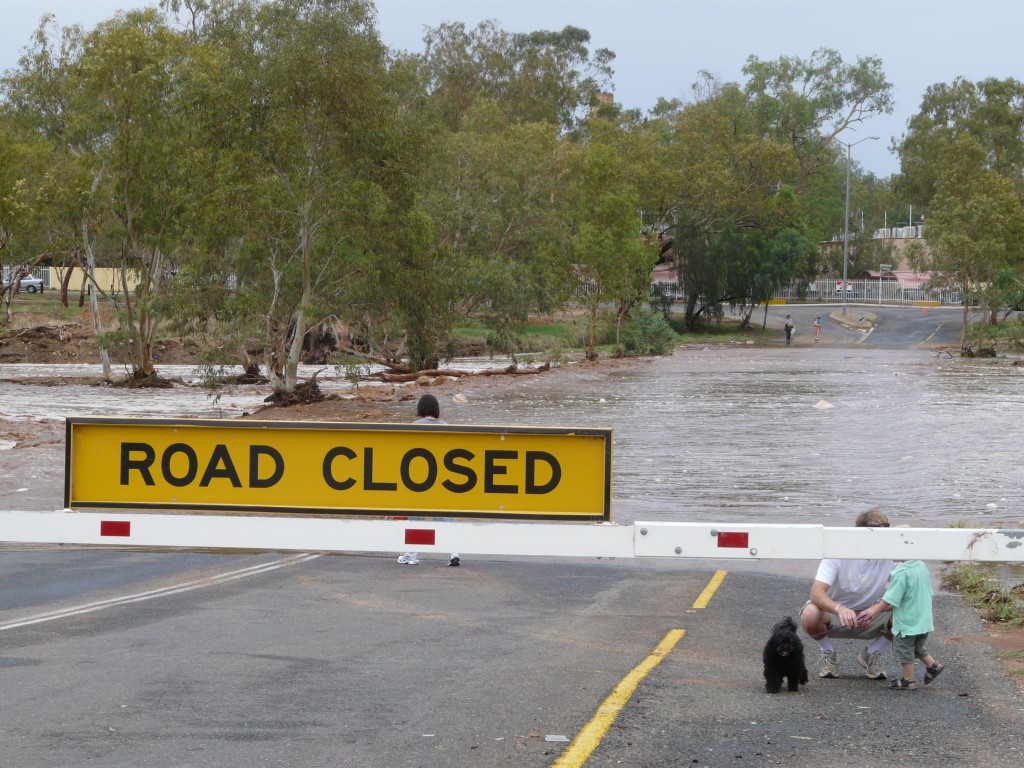
Experts say climate change is increasing the likelihood of extreme weather events. This show flooding in Alice Springs, Central Australia, when I was there in 2008. Expecting the dusty “red centre”, I was surprised to meet with floods and frogs!



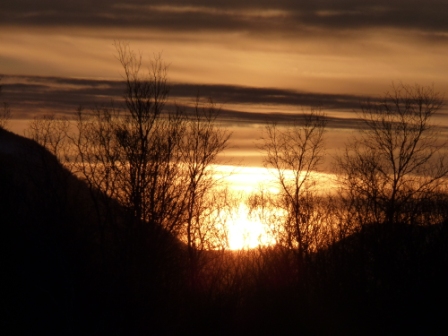
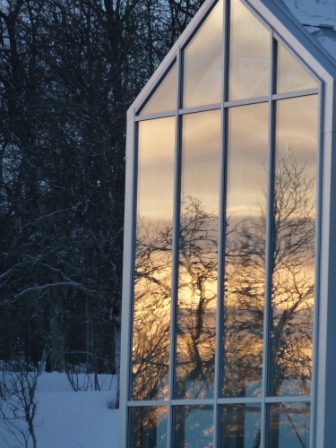
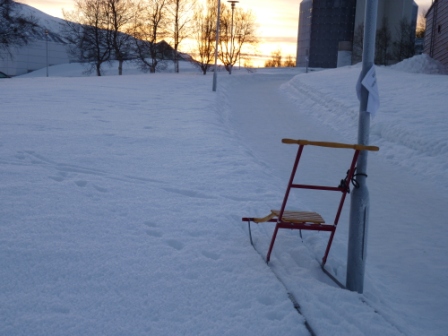
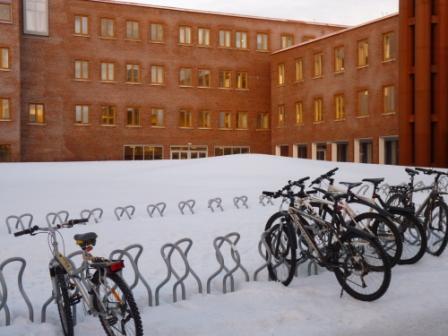
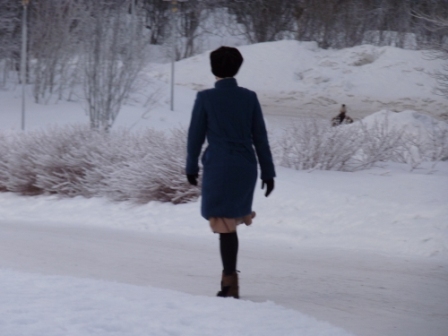
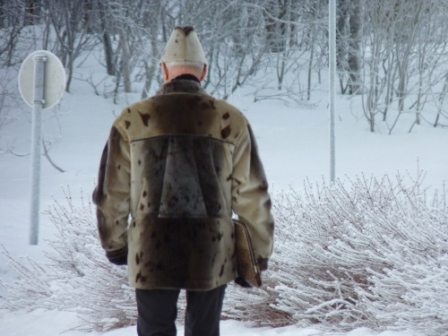
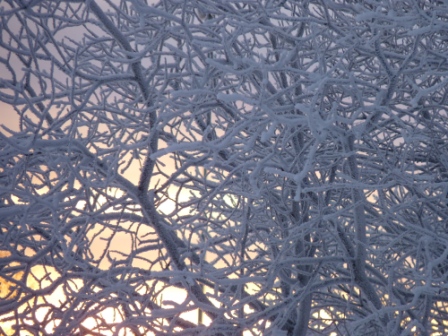

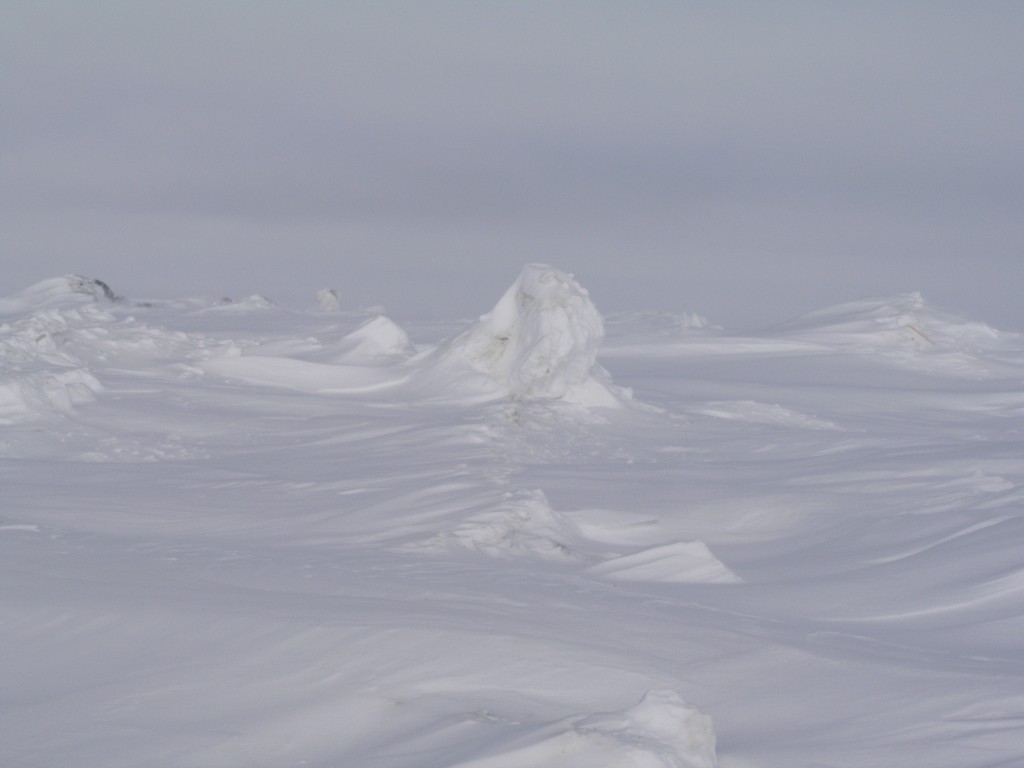
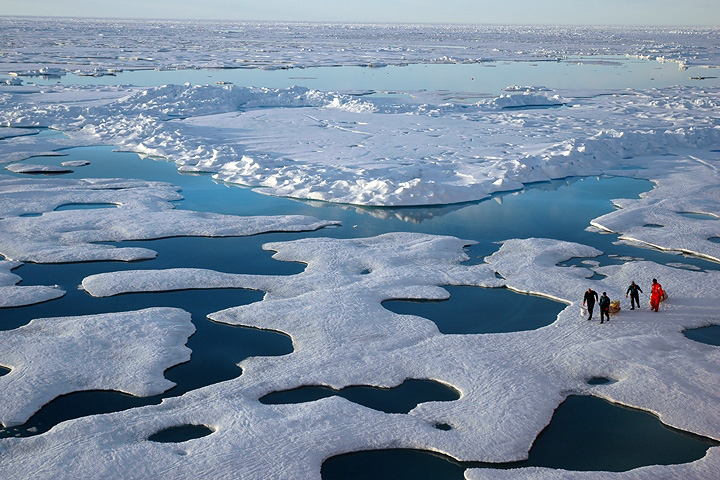



















Feedback